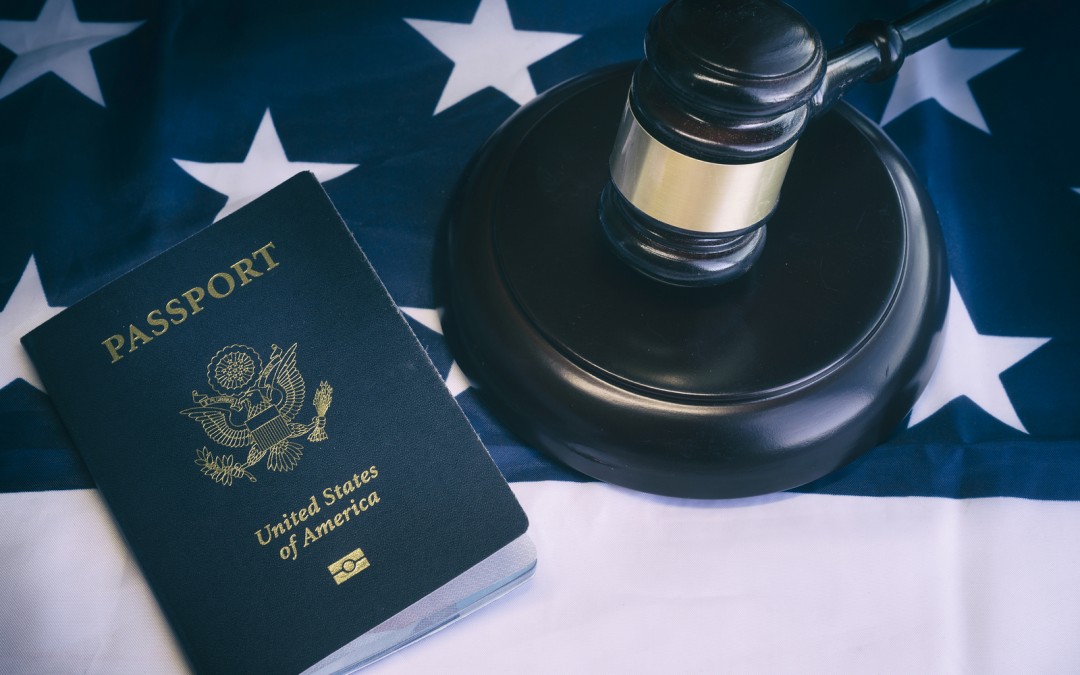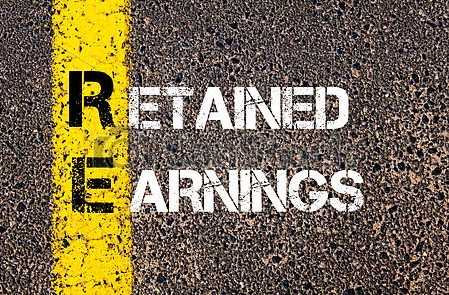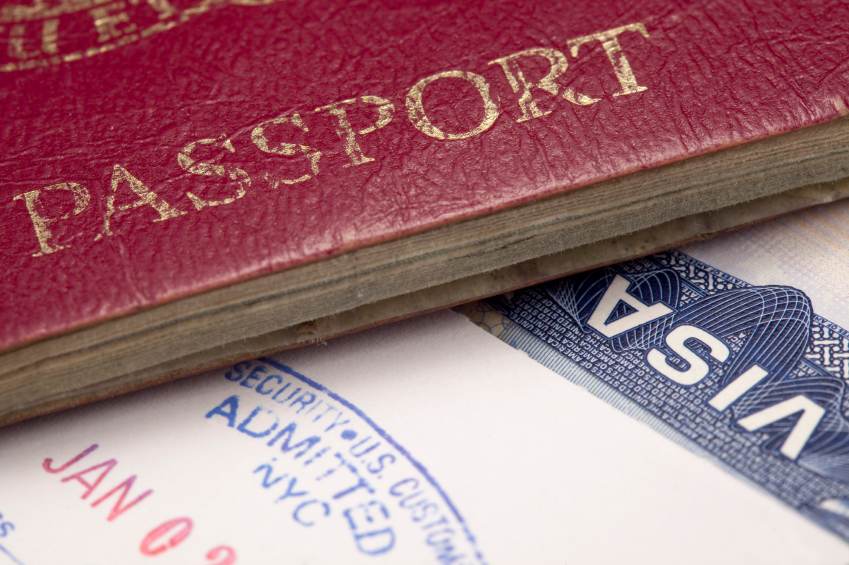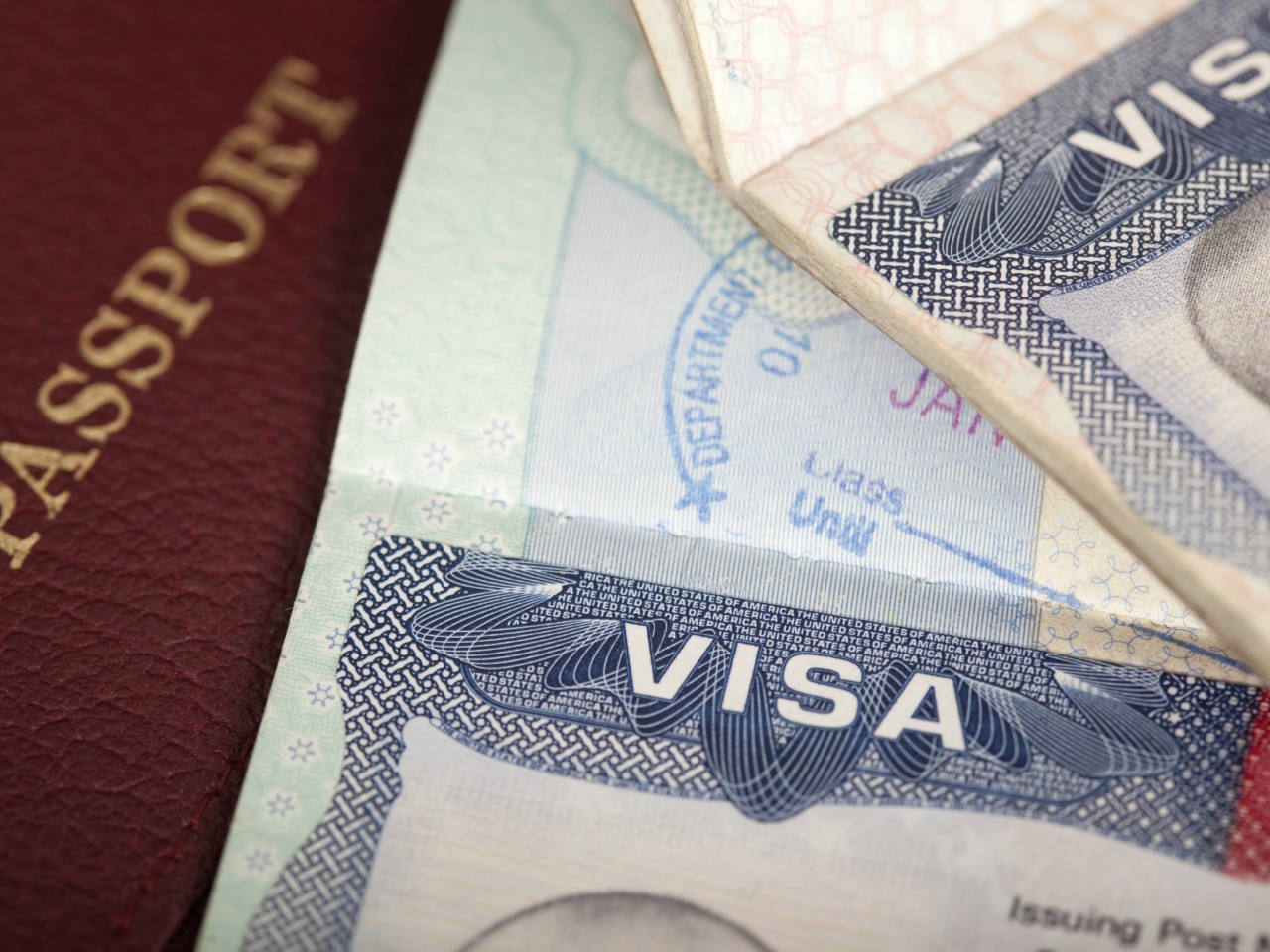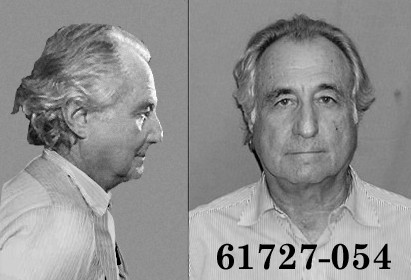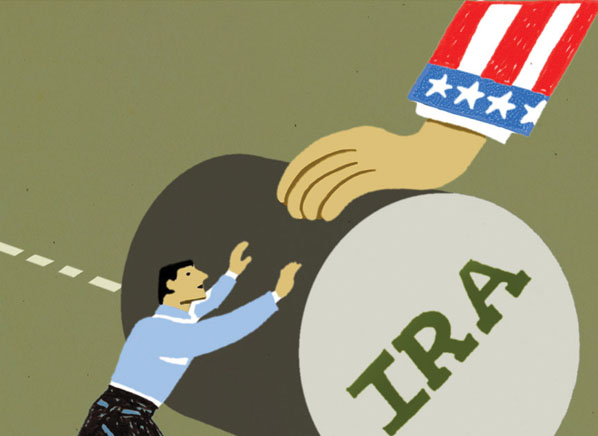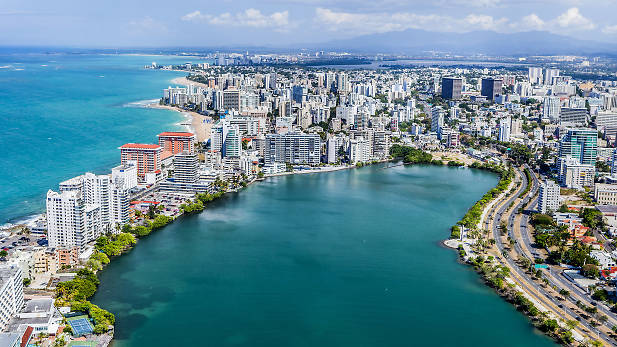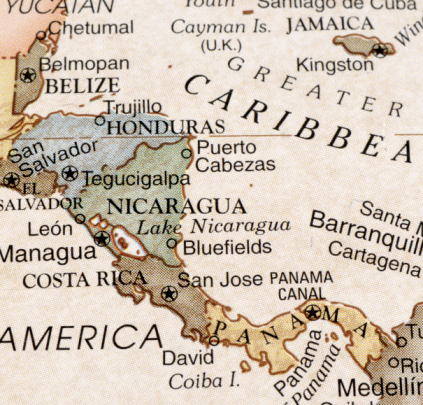The Law of Fraudulent Transfer in Offshore Trusts
The law of fraudulent transfer can trace it’s roots back to 1571 England and the Statute of Elizabeth. This rule allowed courts to “undo” transfers of assets which were considered to be “fraudulent transfers.” Since its enactment, it has served as the basis for the fraudulent transfer laws in much of the civilized world.
The problem with the Statute of Elizabeth, and fraudulent transfer laws in general, is that they often do not include a limitation period. Courts have interpreted fraudulent transfer laws very broadly and for the benefit of creditors, not for the protection of defendants.
Many courts have found a fraudulent transfer whenever a creditor is deprived of assets to pay his judgement that would have otherwise been available. Keep in mind that the mindset of UK and US courts is to make injured parties whole and not to protect the property or earnings of defendants.
Note: It’s important to distinguish between a fraudulent transfer and fraud. All too many writers confuse these two terms and fall into the trap of thinking that making a fraudulent transfer is the same as committing fraud. The law defines “fraud” as knowingly misrepresenting a material fact to induce someone to act or fail to act to his detriment – a crime. Completely different is a fraudulent transfer, which is defined as making a transfer of an asset with the intent to hinder, delay, or defeat the claim of a current or reasonably anticipated creditor – not a crime.
When we select a jurisdiction to form an offshore asset protection trust, we look for one that has a statute covering fraudulent transfers. Specifically, we look for countries with fraudulent transfer statutes with the shortest limitation period. If the country’s statute also includes specific standards of proof in order to establish that a particular transfer was fraudulent, all the better.
The most extensive and defendant friendly of the fraudulent transfer statutes is the offshore asset protection trust codes found in Section 13B of the Cook Islands law. The International Trusts Act of 1984 (as amended), is the original and still the strongest of the offshore trust laws.
The Cook Islands offshore trust statute requires each and every creditor to prove “beyond a reasonable doubt,” that the assets were transferred to the trust for the sole purpose of preventing that specific creditor from collecting. Thus, each creditor must prove the transfer was a fraudulent transfer as to him, and each such case must be brought in the Cook Islands.
Let’s break that down:
First, each creditor must hire an attorney in the Cook Islands and challenge the trust. They can’t combine their claims or hire the same attorney. Because the Island doesn’t allow for contingency cases, each and every creditor will need to spend big to even have their claim heard.
Second, beyond a reasonable doubt, is a high burden of proof. It require that no other logical explanation can be derived from the facts except that the transfer was fraudulent, thereby overcoming the presumption that the transfer was legitimate until proven otherwise. In the United States, this is our standard of proof for criminal convictions, no civil claims.
Third, if the defendant’s non-trust assets at the time the trust was created exceeded the amount in dispute, the plaintiff may not proceed against the trust. That is to say, Cook Islands will only allow the case to be heard if the defendant was insolvent at the time the trust was funded.
Fourth, §13(B)(4) of the Cook Islands trust law states that a transfer to the trust can never be fraudulent if the cause of action (harm to the plaintiff) occurred after the trust was funded. If you create a Cook Islands trust today and injure someone with your car tomorrow, they’ll never have a claim in the Cook Islands against your assets.
Fifth, if the plaintiff gets over all of these hurdles, the limitations period for fraudulent transfers in Cook Islands is two years. After the statute runs, transfers to the trust cannot be attacked on fraudulent transfer grounds. Because of the time it takes to litigate a case in the United States, and because the plaintiff must file in Cook Islands within two years of the trust being funded, it’s rare for a creditor to gain standing in the Cook Islands court.
The first and most important analysis before you create an offshore trust is to consider your exposure under the fraudulent transfer statute. And this analysis should be undertaken by an attorney in your home country, not in the Cook Islands.
This is because the fraudulent transfer law of your home country must be compared and coordinated with the law of your asset protection jurisdiction. Remember that your assets may be out of reach, but you are still under the authority of your country of citizenship.
Thus, if you’re a United States citizen, you must hire a US attorney to create your offshore trust. Likewise, if you’re a citizen of the United Kingdom, you should have a UK expert assist you.
I will end by noting that an offshore trust is typically funded with after tax money (personal savings). It’s also possible to move your United States IRA, 401K or other retirement account to the Cook Islands. We can form a Cook Islands LLC and secure many of the same benefits described above for your tax preferred retirement account.
For more on offshore IRA LLCs in the Cook Islands see my article, Protect Your IRA by Converting it into an Offshore Trust
I hope you have found this information on the law of fraudulent transfers in offshore trusts to be helpful. Please contact me at info@premieroffshore.com or call (619) 483-1708 for a confidential consultation.


